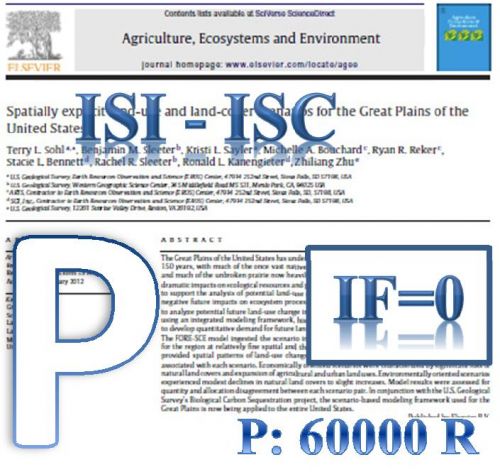Introduction: Biodesulfurization is used as a selective method for lowering the sulfur content of petroleum products. Materials and methods: A sulfur-oxidation bacterial strain named Rhodococcus erythropolis R1 (NCBI GenBank Accession No. GU570564) was used in this study for desulfurization of dibenzothiophene (DBT). Results: The induced culture of strain R1 was able to produce 2-hydroxybiphenyl (2-HBP) from DBT followed 4S pathway without further degrading carbon backbone. This process confirmed by gas chromatography (GC) analysis. The specific activity of DBT desulfurization by R1 was 45 µM (g dry wt) -1 h -1 . The addition of Tween 80 as surfactant and glycerol as carbon source determines a 100% rate of DBT-desulfurization during 3 days. The heavy plasmid detected in R1 strain carries dsz genes responsible for biodesulfurization of DBT that was shown by PCR reaction. The mutant strains which had lost this plasmid also had lost desulfurization phenotype. Both mutant and wild strain were sensitive to high concentration of 2-HBP and some antibiotics. Discussion and conclusion: Strain R1 desulfurize DBT through the sulfur-specific degradation pathway or 4S pathway with the selective cleavage of carbon-sulfur (C-S) bonds without reducing the energy content. Addition of surfactant enhanced the desulfurization of DBT by increasing its bioavailability and also could improve the growth and desulfurization rate. The location of desulfurization genes was on a heavy plasmid in strain R1. Based on the results of this study, R. erythropolis R1 could serve as a model system for efficient biodesulfurization of petroleum oil without reducing the energy value.
کلید واژگان :Biodesulfurization, 2- Hydroxybiphenyl (2- HBP), Rhodococcus erythropolis R1Mutant
ارزش ریالی : 600000 ریال
با پرداخت الکترونیک
